Crew Blog | Kaʻai McAfee-Torco: Gifts from the Heart of Hawaiʻi
- Posted on 15 Aug 2016
- In Crew Blogs, Cultural, Newsletter, Teachers
 Written by Kaʻai McAfee-Torco
Written by Kaʻai McAfee-TorcoBeing from Hawaiʻi, my parents taught me that you always bring gifts when you visit someone’s house. Whether it’s malasadas, cocoa puffs or flowers, never show up empty handed. I think there might be rules like this in different places or cultures. And with these same local values, Hōkūleʻa always brings gifts to the places she visits.

When we sailed in to Yarmouth, my first port arrival since joining the Worldwide Voyage, we were welcomed by a ceremony with representatives from the Mi’kmaq (“mik-mah”) tribe and Yarmouth community. We exchanged words of admiration and gratitude, and gifts significant to us and our cultures.
When we received eagle feathers from the tribe, I felt thankful knowing that we also had feathers in a form of a kahili to give in return. Peace quilts made with artwork squares designed by children in Hawaii and around the world were also given to government officials, in hopes that this colorful gift will serve as a reminder of our special meeting when it’s hanging on their wall. For me personally, the ipu (gourd) containing a piece of kaula (cordage) is my favorite gift.

For waʻa, gourds are known to carry two of the most important provisions on waʻa, food and water. These ipu were the sustainable and original version of hydroflasks and tupperware, ensuring survival by providing the sustenance needed without being contaminated with salt water. Unlike their modern cousins, ipu are also powerfully present in myths and legends, like the wind gourd of Laʻamaomao, that describe the capabilities of a particular ipu to carry wind. Uncle Kealii Bertlemann teaches a chant to that helps us to ask when to bring the ipu nui (the gourd with lots of wind) or ipu liʻi (the gourd with little wind). Another legend tells of a man who whispered his words of love into an ipu with hopes that his wife would leave her other lover. She opened the gourd that was filled with his love and returned home. From food and water to wind and love, the ipu is known to carry one’s most valuable belongings.
On the Hawaiian airlines flight over to New York, the complimentary Hawaiian Skies movie featured Kalim Smith (https://www.youtube.com/watch?v=ZDuTfK5zPEc&feature=youtu.be). He grows ipu in California and from his interview, his love and deep connection to this plant is extremely special. Finding this movie on my way to join this leg, I felt in my heart the importance of the ipu once again, and wanted to share what I know about the ipu we carry on Hōkūleʻa.

Inside of our ipu gift is a piece of cordage braided from the olonā, known as the strongest natural fiber in the world. It is part of the very specific and special list of plants that are used to create rope and line for voyaging. When I first started sailing, I took rope for granted like most people. We use it to pull our sails, to hang clothes, and to lash every part of our waʻa together – there is no piece of metal or glue holding any two parts of this waʻa together. Kaula is flexible enough to move with the force of the ocean, but strong enough to hold everything together – a lesson we can all learn not just to be better voyagers, but to be better people and leaders.
I saw olonā for the first time last year and learned that it is difficult to grow. Uncle Gary Eoff grows this olonā and braids the fiber in the old way, teaching children this art, gifting us with the olonā that their many hands and hearts have touched, so we can give this strong gift to others along the Voyage.

Our gifts show the many layers of meaning of mālama honua. If people of many generations didn’t take care of their natural resources on land, the waʻa wouldn’t be able to be built or tied together. We who are lucky enough to sail on the ocean understand the importance of the water and canoe, but just like Tamiko said when we were reflecting on the opening ceremony, no matter where Hōkūleʻa goes in the world, “It reminds me how many people are supporting this sail. We cannot sail without their support.” Our waʻa and crew cannot sail without the resources and support of those on land, without the support of the ʻaina itself. To the countless number of people who have graciously opened their homes to us, who have fed us, and shared their history and stories with us, and to the countless number of people who have harvested, braided, lashed, sanded, and the many millions of other acts of aloha it takes for our Voyage to continue – Mahalo nui for joining us on this amazing adventure.
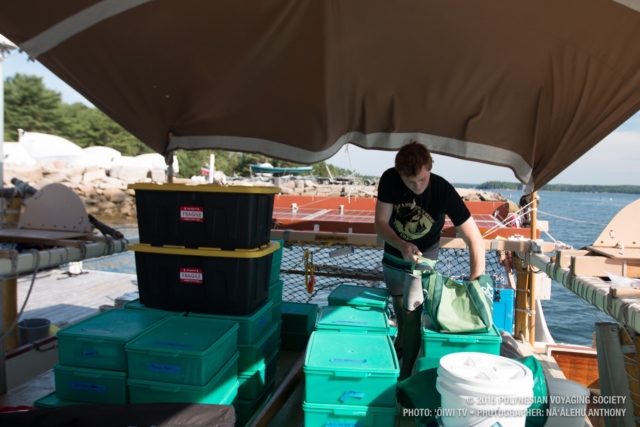
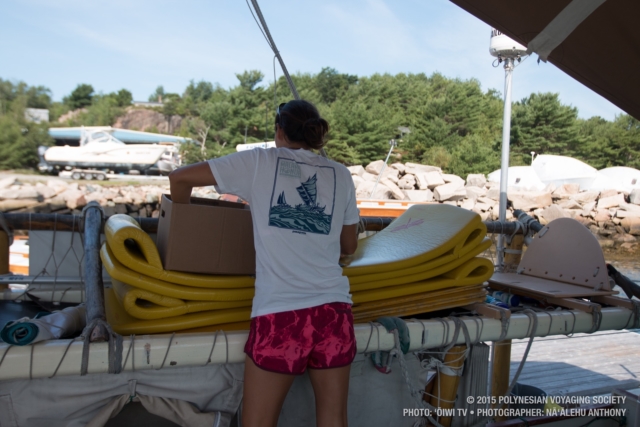
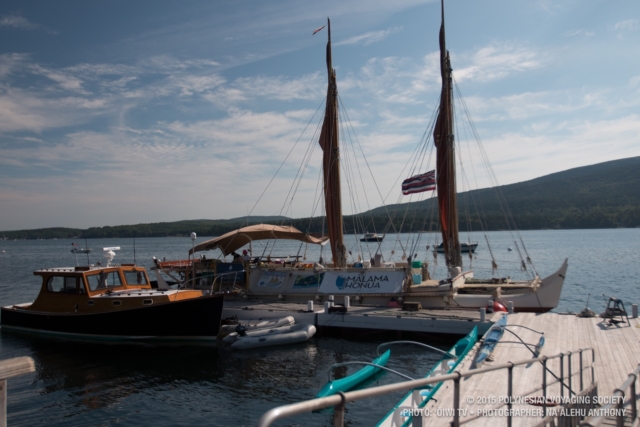
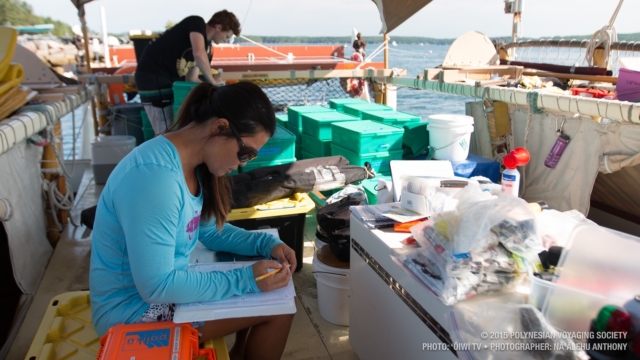
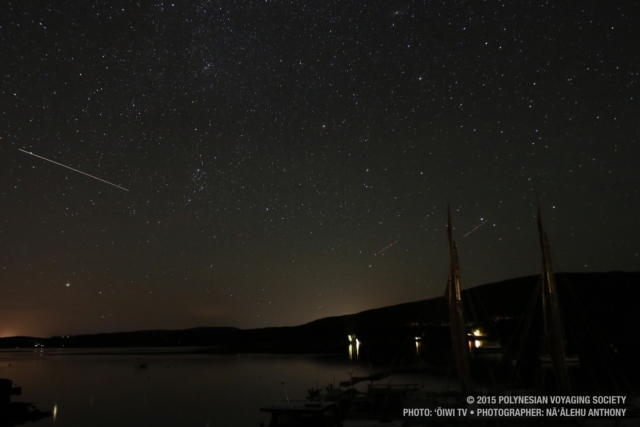
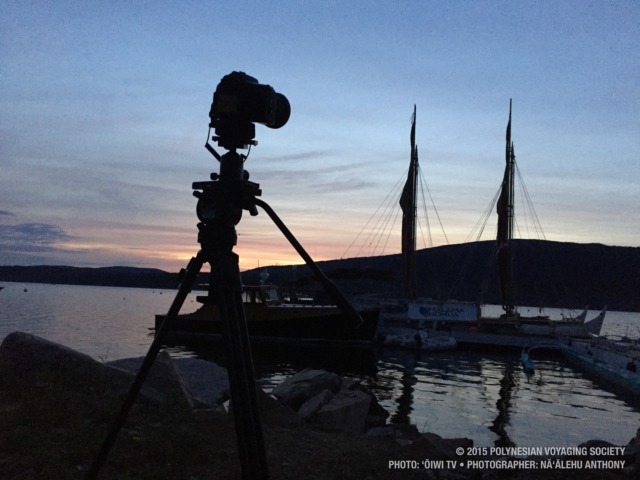
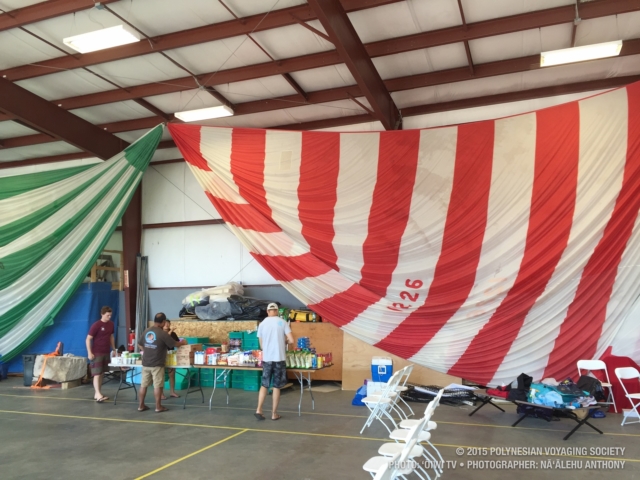
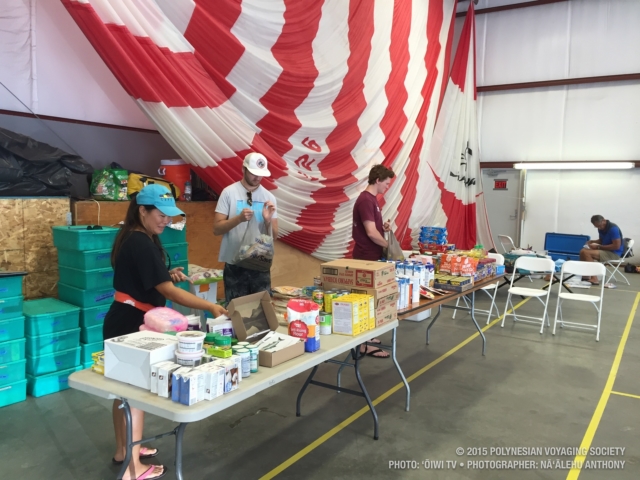
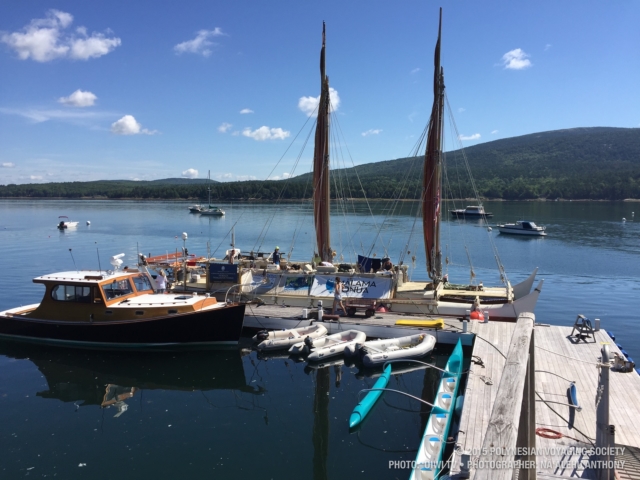
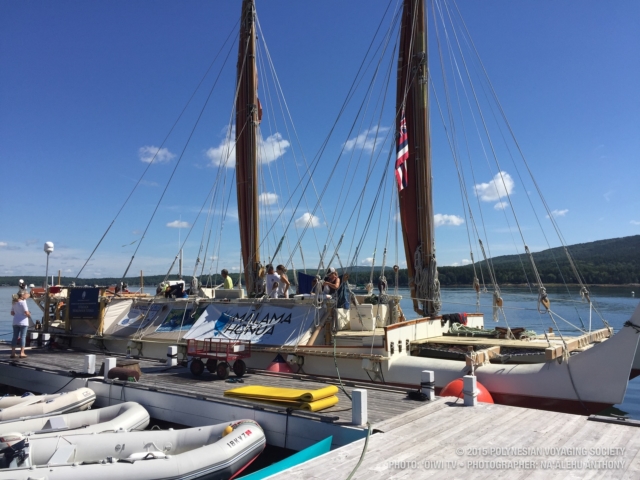
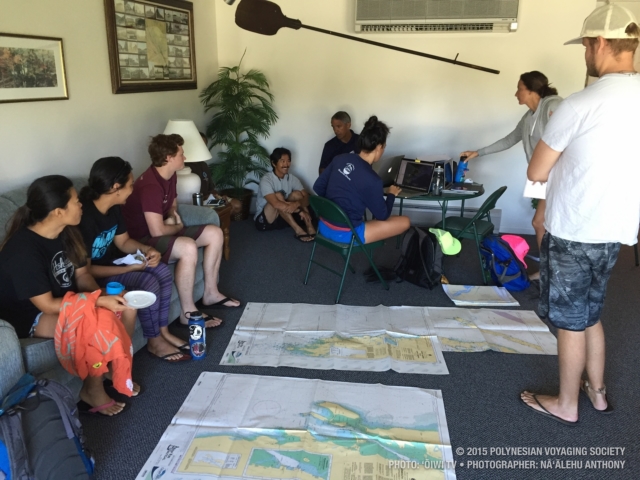
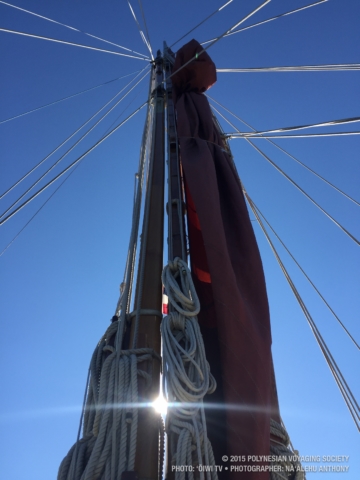
Help fund the Voyage as we sail the East Coast
Hōkūle‘a’s visit to the eastern United States is a historic milestone in her 40 years of voyaging.
Celebrate with us by pledging your support to the Mālama Honua Worldwide Voyage.
